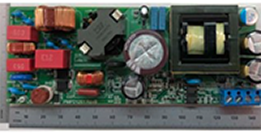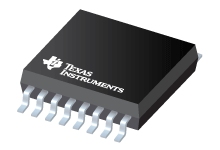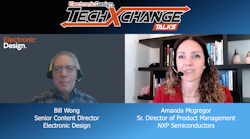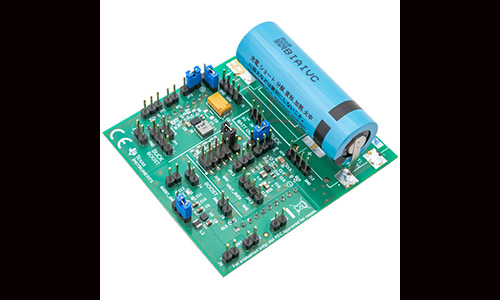This gallery is part ofTechXchange:Chip Shortages and Counterfeits
Not all components are equally hard to find amid the global chip shortage.
Intel, TSMC, Samsung, and other chip giants are investing tens of billions of dollars to add more capacity for chips on state-of-the-art technologies, such as the 5- and 7-nm nodes, which have remained widely available. But consumer electronics firms and car manufacturers are struggling to get their hands on microcontrollers and other chips based on 28, 90 nm, or other mature nodes that handle chores such as power management.
Most industry analysts and executives warn the chip shortage will not ease before the second half of 2022, largely due to lagging production of these so-called legacy chips, which frequently cost less than a dollar.
Even though the equipment for making legacy chips costs a fraction of state-of-the-art machines today, companies tend not to invest as aggressively in building new production capacity for these types of chips.
One of the factors is that these chips are closer to obsolescence. The sector also tends to go through cycles, swinging from gluts that can last for years to shortages, such as the one that has ravaged the world for the last year. The risk is that by the time a semiconductor fab starts production in a few years, the demand that pushed the company to build it will have waned, leaving the fab underused.
That has created a scenario where only a fraction of the industry's capital spending—only about $1 out of every $6, according to market research firm Gartner—is addressing the chips facing the longest backlogs.
Analog Devices, Infineon Technologies, NXP Semiconductors, TI, and other companies are boosting their investments to meet demand for legacy chips, and according to their customers, supplies are improving.
但是这些公司和其他人,包括台积电和Intel, have also become more willing to boost their capital spending long term—on the premise that underlying demand for chips has permanently increased.
The gallery above highlights some of the new investments in legacy chip technologies in recent months.



















